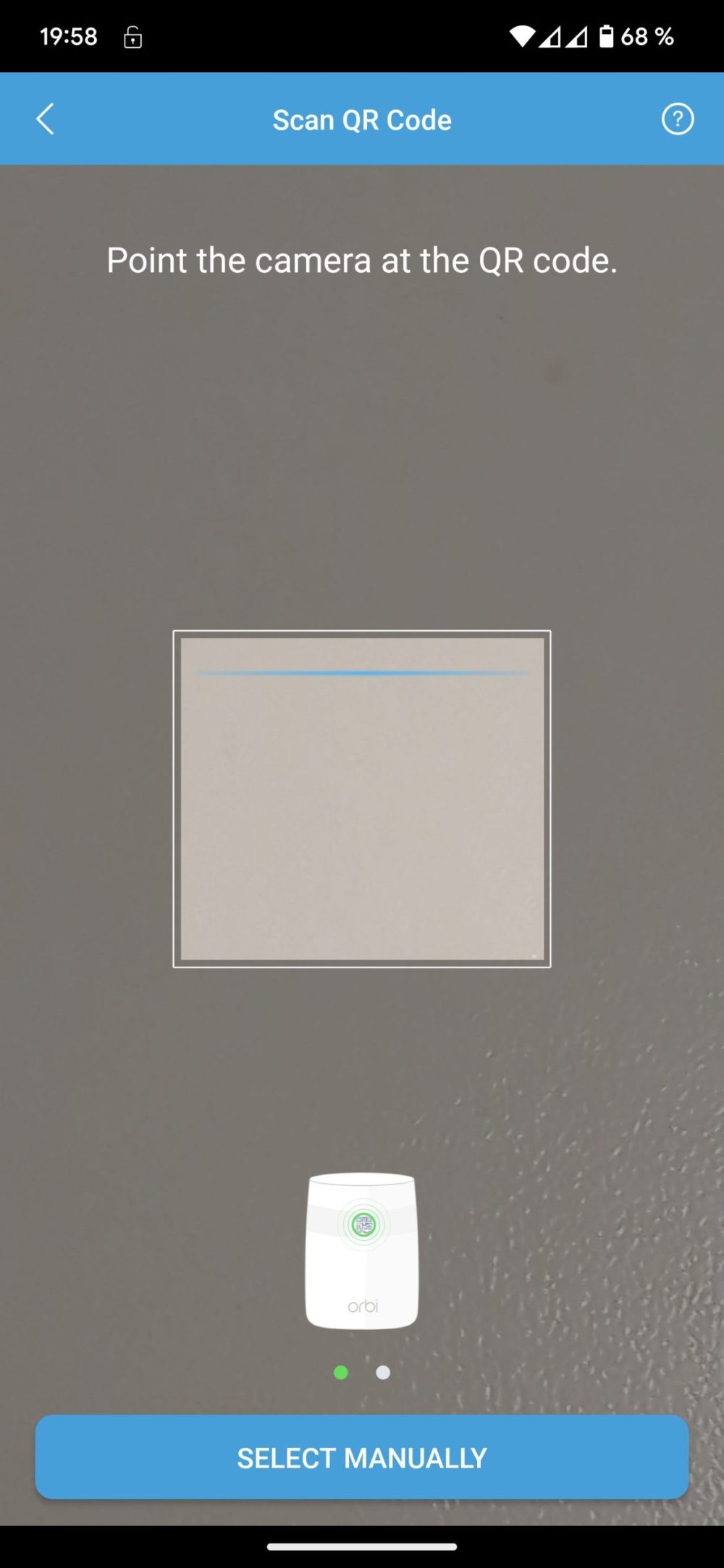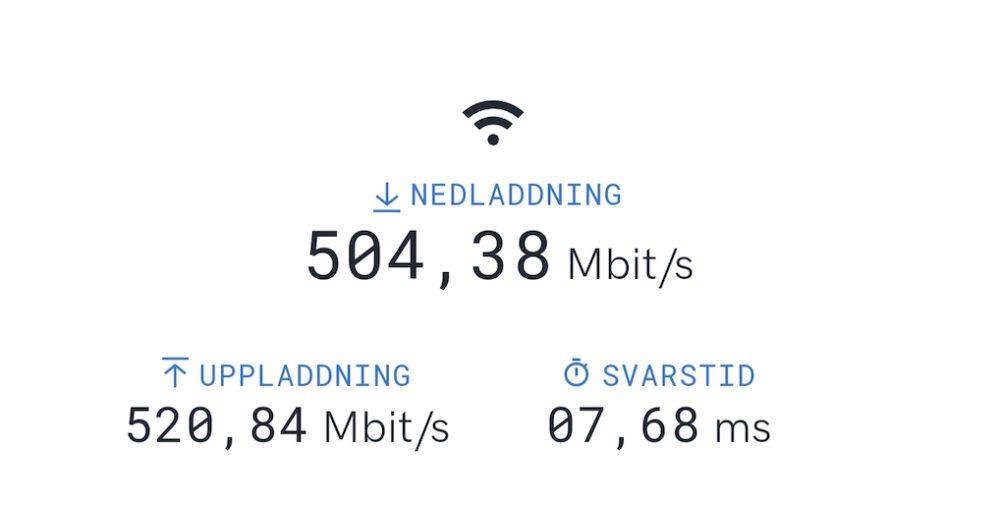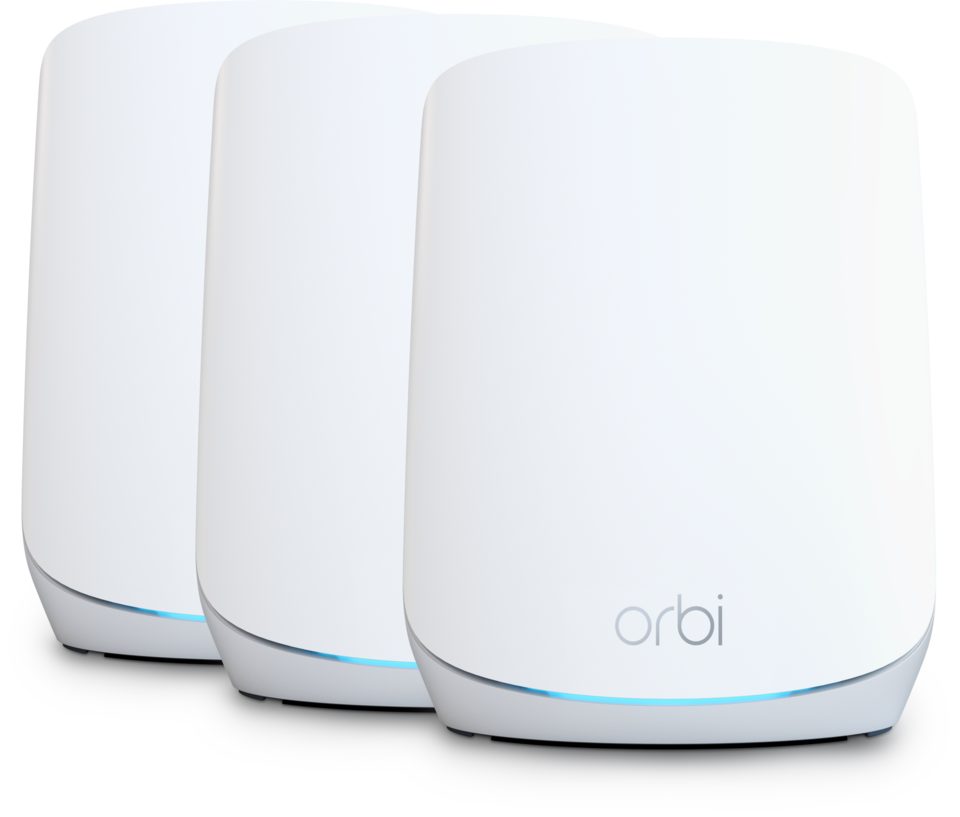TL;DR
The Netgear Orbi RBK763S boasts a sleek design and improved Wi-Fi 6 speeds thanks to 160 MHz channel support. Setup is simple via the app, but device synchronization takes time. While it offers robust coverage and impressive performance for a large home, the management app has limited advanced options. However, features like parental controls and Armor security come with significant recurring subscription costs after short trials, which, combined with the high initial price, might make it a tough sell. Find out if its strong performance justifies the investment and subscription model.
To clarify the model designations before commencing the review: the unit under test is the Netgear Orbi RBK763S, comprising one RBR760 router and two RBS760 satellites. The RBK762S kit consists of one RBR760 router and one RBS760 satellite. Note that the kit may also be designated RBK763 (or RBK762).
The Netgear Orbi 760 series represents an advancement over the preceding 750 series. A key improvement is the incorporation of 160 MHz channel bandwidth support on the 5 GHz band, enabling enhanced data transfer rates.
The system features three concurrent radio units:
Radio 1: IEEE 802.11b/g/n/ax 2.4 GHz with 1024-QAM support
Radio 2: IEEE 802.11a/n/ac/ax 5 GHz with 1024-QAM 2×2 and 160 MHz bandwidth, achieving up to 2400 Mbps
Radio 3: IEEE 802.11a/n/ac/ax 5 GHz with 1024-QAM 4×4 backhaul at 2400 Mbps
While Wifi 6 is supported, Wifi 6E is absent, which is a notable omission considering the product’s price point.
Compared to the higher-end 850 series (previously reviewed), the Netgear Orbi 760 exhibits a more compact form factor and a refined design that facilitates discreet placement. Its aesthetic stands in stark contrast to that of Netgear’s Nighthawk series.

The setup process is straightforward. Installation is initiated by installing the Netgear Orbi application on a mobile device, powering on the router, and adhering to the on-screen prompts. The process begins with scanning a QR code and subsequently adding the satellites.


The setup proceeds smoothly, although the initialization and synchronization of each device require a considerable amount of time (5+ minutes).
Following installation, the system is managed through the Orbi application. Users accustomed to routers with extensive configuration options may find the available settings limited. Configuration is primarily restricted to SSID, password, and encryption type. However, this simplicity is a hallmark of the Netgear Orbi series, ensuring ease of use and reliable operation.
The system also incorporates features such as parental controls, guest network functionality, and integrated antivirus protection. Netgear’s antivirus solution, Armor, operates automatically in the background. A one-year subscription is included with the purchase, followed by a recurring annual fee of $100, making it a relatively expensive long-term solution.
The parental control features are well-designed, allowing users to group devices (e.g., a child’s phone, computer, game console, and tablet) for shared screen time management and content restriction. However, the inclusion of only a 30-day free trial, followed by a subscription cost of 69 SEK/month or 699 SEK/year, is a significant drawback.
Coverage and performance are notable strengths. The test environment consisted of a three-story house spanning approximately 160 square meters. One router/satellite unit was placed on each floor. Utilizing a Telia fiber connection with 500/500 Mbit/s bandwidth, initial tests conducted near the main router yielded excellent results, effectively matching the incoming connection speed:

Throughout the house, consistent speeds between 480-500 Mbit/s were observed. Even under heavy load, with multiple devices streaming 4K video simultaneously, performance remained stable and without noticeable degradation.
In conclusion, the evaluation considers the manufacturer’s suggested retail prices:
RBK763S: Router and 2 satellites: 7,990 SEK
RBK762S: Router and 1 satellite: 5,690 SEK
RBS760: 1 additional satellite: 2,290 SEK
The tested RBK763S kit costs approximately 8,000 SEK, representing a substantial investment for a home networking solution. For the 160 square meter test environment, this configuration proved to be somewhat excessive. Tests conducted with the router and a single satellite yielded similar results, maintaining speeds above 400 Mbit/s throughout the house. For smaller residences, the RBK762S may offer a more cost-effective alternative.
The requirement for ongoing subscriptions to unlock the full feature set detracts from the overall value proposition, given the initial purchase price.
Netgear provided a review unit for this evaluation. The provision of review materials does not influence our editorial independence; our reviews are conducted objectively with a focus on the needs of our readers and consumers.

